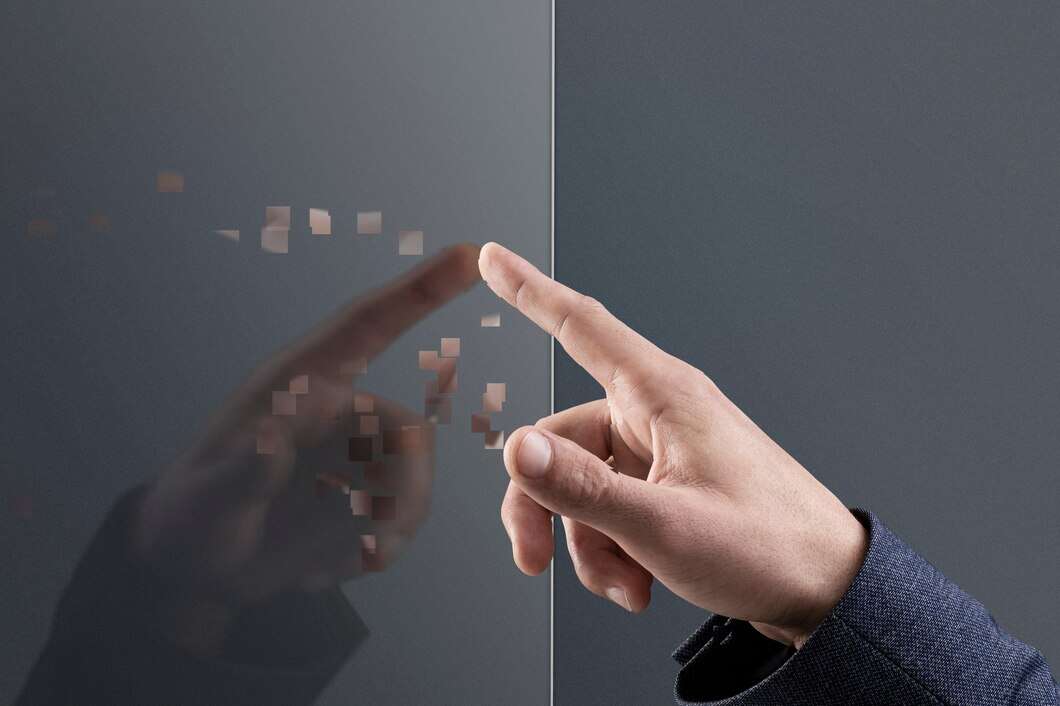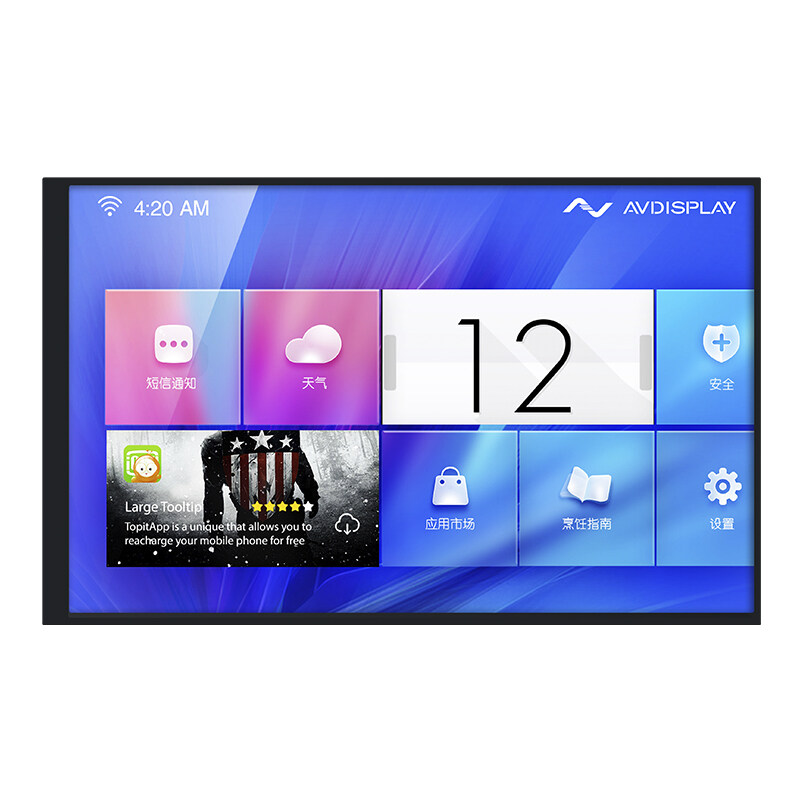Email format error
Email cannot be empty
Email already exists
6-20 characters(letters plus numbers only)
The password is inconsistent
Email format error
Email cannot be empty
Email does not exist
6-20 characters(letters plus numbers only)
The password is inconsistent


In the realm of touch screen technology, two commonly used terms are capacitive touch screen and TFT (Thin Film Transistor). Understanding the differences between these two technologies is crucial for making informed decisions when it comes to selecting the right display for various applications. This blog post aims to shed light on the disparities and advantages of capacitive touch screens and TFT displays.
I. Capacitive Touch Screen Technology:
Principle of Operation:
Capacitive touch screens operate based on the principle of capacitance. They consist of a glass panel coated with a transparent conductor, typically indium tin oxide (ITO). When a finger or a conductive object touches the screen, it disrupts the electrostatic field, resulting in a change in capacitance. This change is detected by the touch controller, enabling touch input.
Advantages of Capacitive Touch Screens:
Multi-touch Capability: Capacitive touch screens support multi-touch gestures, allowing users to perform actions such as pinch-to-zoom and swipe.
High Sensitivity and Accuracy: Capacitive touch screens offer high sensitivity and accuracy, providing precise touch recognition and smooth user interactions.
Enhanced Durability: Since capacitive touch screens do not rely on physical pressure, they are more durable and resistant to wear and tear compared to other touch screen technologies.
II. TFT Display Technology:
Principle of Operation:
TFT displays, also known as active matrix displays, utilize thin-film transistors to control the individual pixels on the screen. Each pixel is associated with a transistor, which allows for precise control of the pixel’s brightness and color. TFT displays are commonly used in LCD (Liquid Crystal Display) panels.
Advantages of TFT Displays:
High Image Quality: TFT displays offer excellent image quality with vibrant colors, high contrast ratios, and wide viewing angles.
Fast Response Time: TFT displays have fast response times, making them suitable for applications that require smooth video playback and fast-moving visuals.
Energy Efficiency: TFT displays consume less power compared to other display technologies, making them ideal for portable devices with limited battery life.
III. Comparing Capacitive Touch Screens and TFT Displays:
Functionality:
Capacitive touch screens and TFT displays serve different purposes. While capacitive touch screens enable touch input and interaction, TFT displays focus on delivering high-quality visuals. These technologies often work together, with capacitive touch screens overlaying TFT displays to create a user-friendly interface.
User Experience:
Capacitive touch screens provide a more intuitive and responsive user experience, allowing for effortless touch gestures and precise input. TFT displays, on the other hand, enhance the visual experience by delivering vibrant colors and sharp images.
Application Suitability:
Capacitive touch screens are widely used in smartphones, tablets, and other portable devices due to their multi-touch capability and durability. TFT displays find applications in televisions, computer monitors, and industrial equipment where high-quality visuals are essential.
IV. Future Developments and Integration:
As technology advances, the line between capacitive touch screens and TFT displays continues to blur. Manufacturers are exploring ways to integrate touch functionality directly into TFT displays, eliminating the need for separate touch layers. This integration offers benefits such as improved optical clarity, reduced thickness, and simplified manufacturing processes.
Conclusion:
Capacitive touch screens and TFT displays are two distinct technologies that play vital roles in the world of touch screen displays. Capacitive touch screens enable intuitive touch input, while TFT displays deliver high-quality visuals. Understanding the differences and advantages of these technologies is crucial for selecting the most suitable display solution for various applications, ensuring an optimal user experience.